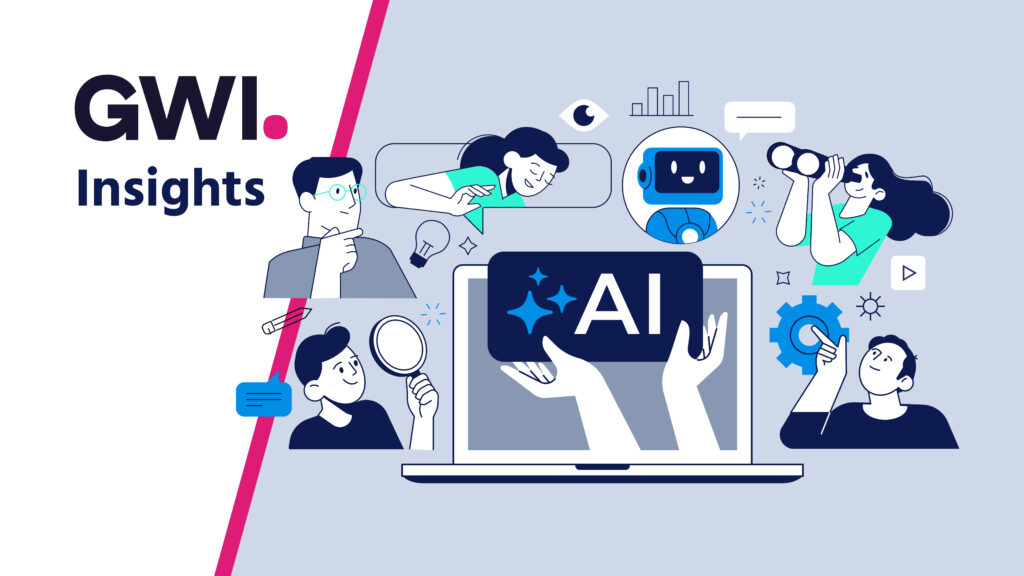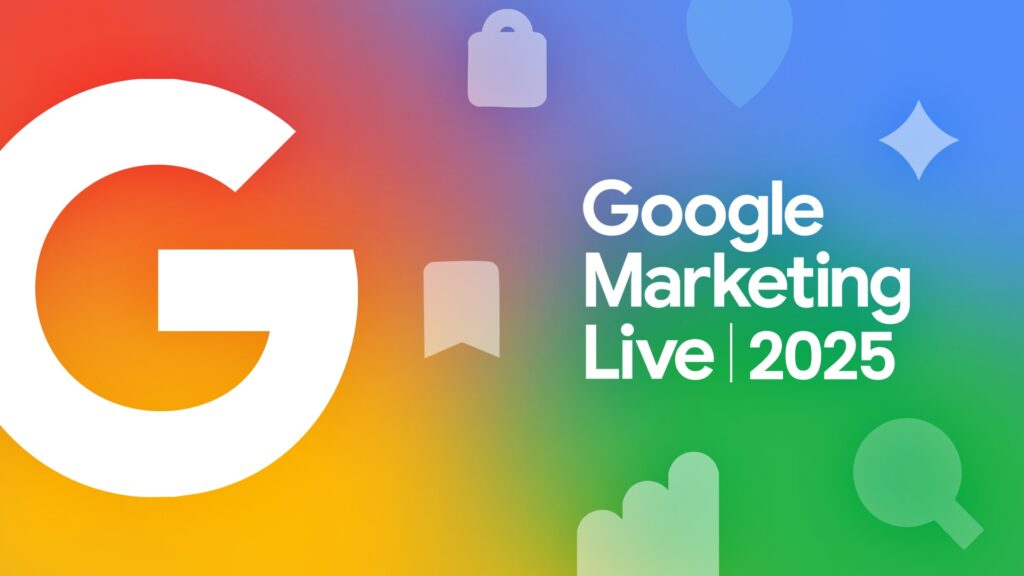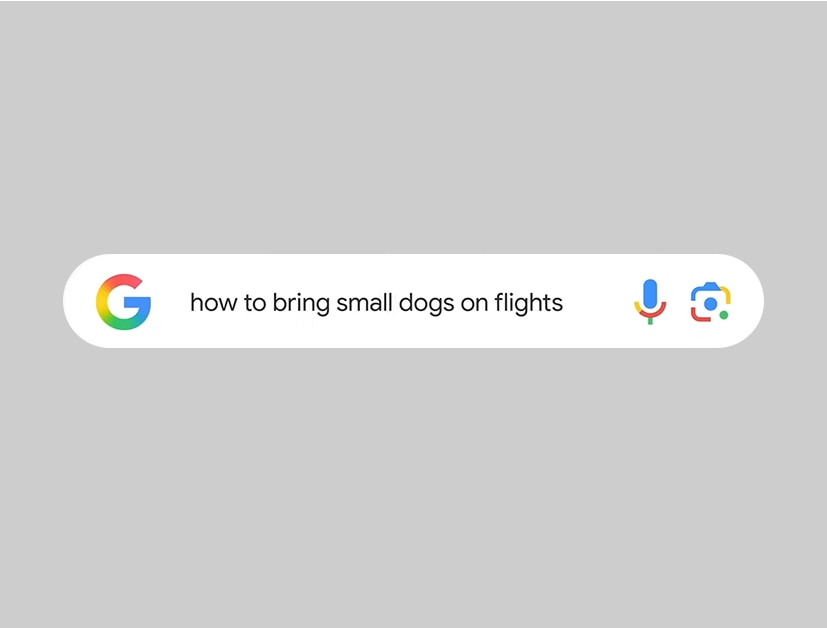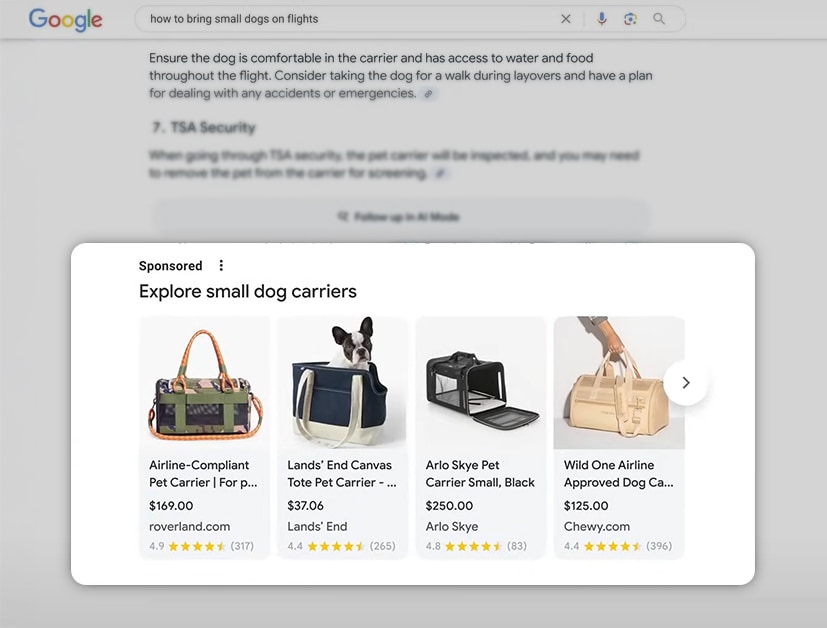
Highlights From Google Marketing Live 2025 For Search Advertisers

New & Evolving Google Ads Capabilities Unpacked
Google just hosted its annual Marketing Live event, aimed at introducing digital marketers to the new features coming to its advertising platforms. Unsurprisingly, AI is at the center of how Google is evolving their marketing ecosystem. Everything from search results to campaign types to the SERP itself is getting new AI features meant to enhance both the user and marketer experience. Given the changes, businesses and marketers must adapt the way they manage, measure and strategize.
As Premier Google Partners, we’re in the top 3% of agencies nationwide (due to our client growth, retention and spend metrics), meaning we get access to and insights surrounding these new launches first. Here’s our breakdown of the most important changes coming to Google Ads and what they really mean for your campaigns in the year ahead.

Search & AI Become More Intertwined
Google is taking measures to ensure that AI is more intertwined than ever with search. AI Overviews (AIO) have already begun to transform the way we receive and review information from the web. Eligible searches display an overview that answers your question, often by synthesizing information from multiple sources, which allows a user to streamline the research process and more quickly find what they’re looking for.
AI Mode is the interface you’ll use to make a query. Essentially a more thorough way of getting information and finding products you want when you search, it can take your prompt and issue multiple queries on your behalf, if necessary. What you get is a better overall response than traditional search.
AI search might be the biggest Google innovation since the ad auction back in 2000.
We’ve been following the news and exploring how it’s going to alter the paid search landscape. Thanks to the information shared at Marketing Live, we’ve gained clarity on trends to watch and actions to pursue. Here’s a rundown.
AI Overviews Will Now Include Ads
The primary question for Google has been, how they will monetize AI search without taking away from their traditional search business? We’re already seeing an increase in “zero click” searches and it’s likely that trend will continue. However,the introduction of ads into the AIO section, along with existing ad placements at the top and bottom of the SERP, provide more inventory for advertisers. This aligns with a recent Google Ads update that allows advertisers to serve ads in multiple SERP locations (top and bottom) within a single auction, whereas this was previously considered double-serving.
Serving impressions in the AIO inventory does require certain campaign settings meant to expand campaign targeting: the use of broad match keyword expansion, Performance Max, dynamic search ads, or the newly revealed AI Max for Search.
What does this all mean for advertisers? While new inventory on the SERP makes more impressions available, it may become more competitive with multiple ads from each advertiser eligible to show in each auction. It’s also unclear if there will be certain search theme distinctions between the ads served in the AIO section vs traditional placements. With the introduction of this new inventory, it’s essential for marketers to explore and test the most effective ways to capitalize on it.

AI Max for Search
Similar to Performance Max campaigns, AI Max for Search will expand advertisers’ reach beyond users’ known queries by “predicting what they might need next,” according to a Google blog post. Think of it as broad match targeting that’s smarter: new search term matching from Google allows you to utilize both broad match and keywordless technology in order to surface new high-performing queries you could have otherwise missed.
Google lauds this “net-new” query targeting as the game-changing aspect of AI Max. The idea is that you’ll get more conversions due to a higher volume of queries being targeted. We’re already starting to see a wider range of searches being matched to phrase and exact match keywords in established campaigns. It’s no longer close variants that make up almost all of your search terms. With AI Max, it’s possible you may notice an even wider range of search terms matching.
It will be vital to monitor the performance of campaigns using AI Max for Search. A well built positive keyword list and thorough negative keyword counterpart will help to prevent the inefficient use of ad spend while still opening up new query opportunities. As with all new platform releases, it should be tested and measured against existing performance to see if it’s additive to the account.
How Advertisers Should Adapt to AI Search Trends
Between AIOs, voice, and visual search, Google is offering more avenues for us to find exactly what we want. Rather than thinking of it as taking away from search, we see it as a diversification of search “products.” Standard search campaigns will continue to be a cornerstone of your strategy, now strengthened by the enhancements introduced through these new features.
Google can use the data received during this early phase of AI search to interpret the intent of every search, even at the very top of the funnel, which could make lower-funnel and transactional targeting easier. When it comes to analysis and reporting, KPIs such as click-through rate and top impression percentages will likely change with more inventory available on the SERP, meaning more impressions that won’t result in clicks. These metrics should be monitored to understand their impact on the conversions generated from your campaigns.


Attributed Brand Searches For Video Campaigns
Another exciting announcement at GML was a metric called Attributed Brand Searches, which will be available for YouTube and Demand Gen campaigns. An attributed brand search will be logged after a user views one of your YouTube ads and then searches for your brand within 30 days. You’ll define the searches that count when you set up the feature by providing a list of brand keywords, and you can adjust the attribution window to as short as one day if you’d like. This will be useful for measuring the value of top-of-funnel campaigns for generating demand.
While there’s no official release date yet, we’re excited about what this feature will offer and are ready to integrate it into our analysis of Video and Search campaigns as soon as it’s available.
Where Do We Go From Here?
There’s a lot of innovation going on right now, which can make it overwhelming to figure out which pieces really matter. Here are some recommendations to help you cut through the noise.

Test & Learn
Don’t let skepticism delay adoption of all the tools, features, and enhancements that can help your ad account get better results. The path for AI Search is still being charted and these releases will likely be a part of your campaigns for years. Don’t dive in and take the results as they come. Do some testing and move forward as you see fit. Understanding account performance and measuring against existing performance will differentiate what drives performance vs irrelevant clicks.

Apply Learnings To All Campaigns
Analyze your AI Max campaign often to see what insights you can use to refine your standard search campaigns. What are the old campaigns missing? Should you start targeting new keywords for users who aren’t quite ready to make a purchase decision? (Those are the search terms we expect to see in AI Max campaigns) What CPC, CTR, and CVR discrepancies can you find between new campaign types and old ones, and what can you do to improve them where they’re weak?
Find a Reliable Partner To Help
Does your business need more search firepower? Reach out and partner with experts so you can spend more time focusing on what you do best. As a Premier Google Partner, our paid media specialists at TriMark tend to get access to brand new Google features earlier, and we’re provided with Google insiders who can give us answers that just aren’t available elsewhere. We’re here to help, should you need it.
CONTACT US
Work With TriMark
We don’t do one-size-fits-all. We build custom strategies that solve real business problems and drive results you can measure. Let’s talk about how we can grow your brand—starting today.
Keep Reading
Discover What Drives Results

